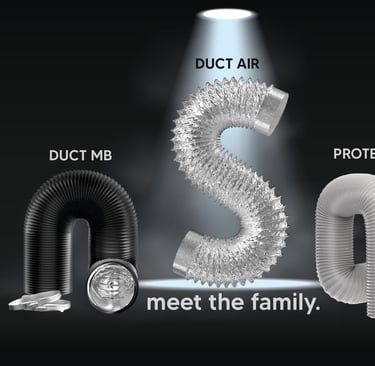

Flexible air ducts are essential components of heating, ventilation and air conditioning (HVAC) systems, designed to deliver and distribute conditioned air efficiently throughout residential, commercial, and industrial buildings.
These ducts are made of flexible materials such as plastic, foil, or rubber, allowing for easy installation and routing around obstacles.
Flexible air ducts are widely used in various applications due to their versatility and adaptability. These ducts are commonly used in HVAC systems, ventilation systems, and air conditioning units. Their flexibility allows for easy installation in tight spaces and around obstacles, making them ideal for both residential and commercial buildings. One of the main advantages of flexible air ducts is their ability to reduce noise transmission, ensuring a quiet environment. They also provide excellent thermal insulation, preventing heat loss or gain. There are different types of flexible air ducts available, including aluminum foil ducts, PVC ducts, and insulated ducts. These ducts come in various sizes and lengths, allowing for customization based on specific requirements. When installing flexible air ducts, it is essential to consider the proper sealing and support to ensure optimum performance and energy efficiency. Overall, flexible air ducts are a practical and effective solution for efficient air distribution in different settings.


